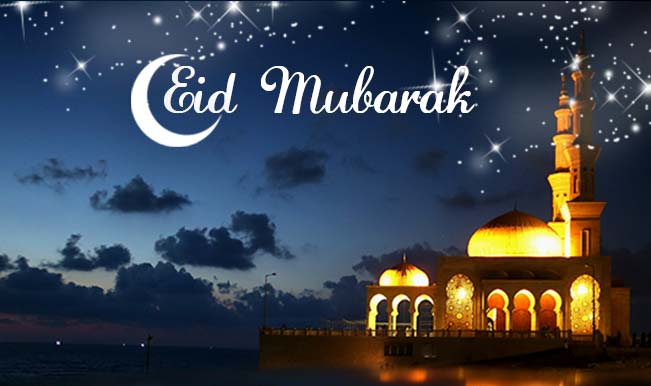As the crescent moon gracefully appeared in the night sky, marking the end of the holy month of Ramadan, Muslims around the world prepared for the joyous occasion of Eid-al-Fitr. With the sighting of the Shawwal crescent moon, the dates for Eid celebrations were determined, leading to diverse observances across different regions. Here’s a glimpse into the highlights of moon sightings and Eid festivities in various countries:
Saudi Arabia, UAE, and Qatar: In the heartland of Islam, Saudi Arabia, along with its neighboring Gulf nations UAE and Qatar, Eid-al-Fitr was celebrated on April 10, Wednesday. The joyous atmosphere engulfed these nations as families and communities came together to mark the end of fasting with prayers, feasting, and exchanging greetings of “Eid Mubarak.”
India: Across the vast expanse of India, the sighting of the crescent moon varied from region to region. While Delhi, Lucknow, and Hyderabad reported that the crescent moon remained elusive, communities in Kerala and Kargil confirmed the sighting on April 9. Consequently, Eid-al-Fitr celebrations differed in timing, showcasing the rich diversity within the Indian Muslim community.
Sri Lanka: The Muslim community in Sri Lanka welcomed the announcement of Eid-al-Fitr festivities on April 10, Wednesday, following the sighting of the new crescent moon on April 9. The Colombo Grand Mosque declared the auspicious occasion, inviting believers to come together in prayer and celebration, reaffirming bonds of faith and unity.
Eid-al-Fitr: Eid-al-Fitr, often referred to as the “festival of breaking the fast,” holds profound significance for Muslims worldwide. It symbolizes the culmination of a month-long period of fasting, reflection, and spiritual growth during Ramadan. The festival encapsulates the spirit of gratitude, generosity, and compassion, as believers express their devotion through acts of charity, forgiveness, and communal solidarity.
Global Observance: Eid-al-Fitr is celebrated on the first day of Shawwal, the 10th month of the Islamic lunar calendar. However, the date and time of Eid vary across different countries, contingent upon the sighting of the crescent moon. This diversity underscores the global nature of Islam, with communities from diverse cultures and geographical locations coming together to celebrate a shared religious heritage.
In conclusion, Eid-al-Fitr 2024 signifies not only the end of Ramadan but also the collective spirit of unity, joy, and devotion that binds the Muslim community worldwide. As believers gather with family, friends, and neighbors to partake in prayers and festivities, Eid serves as a reminder of the values of faith, compassion, and solidarity that transcend geographical boundaries and cultural


